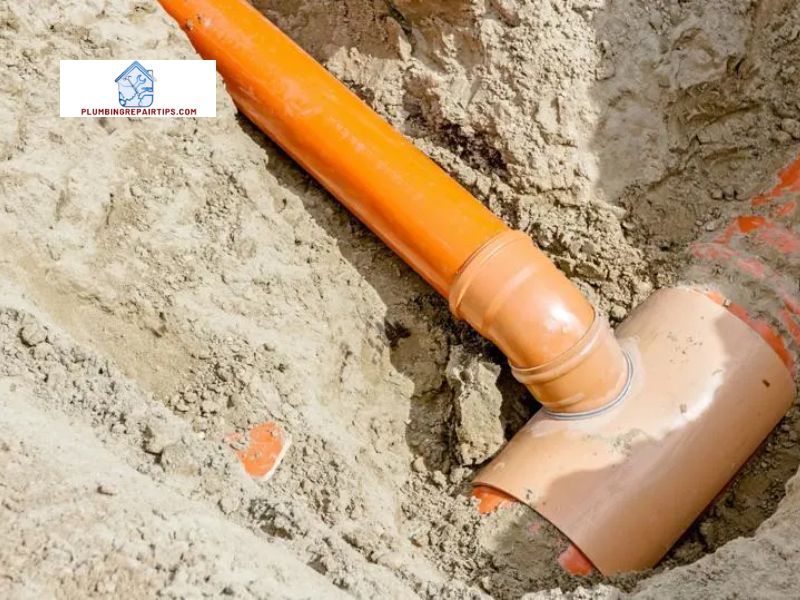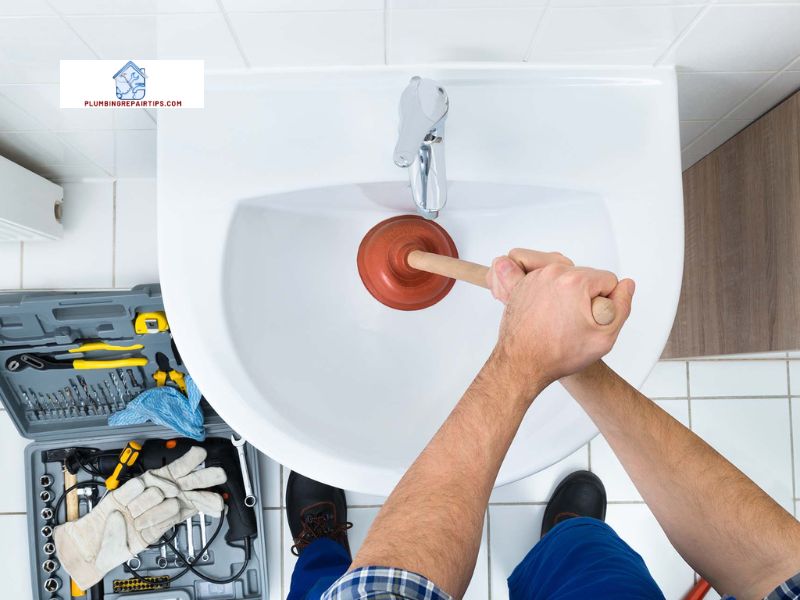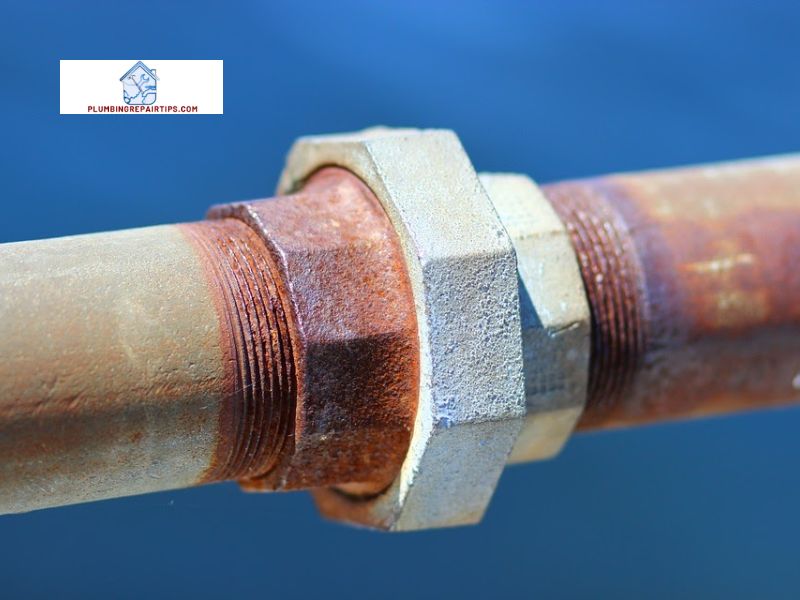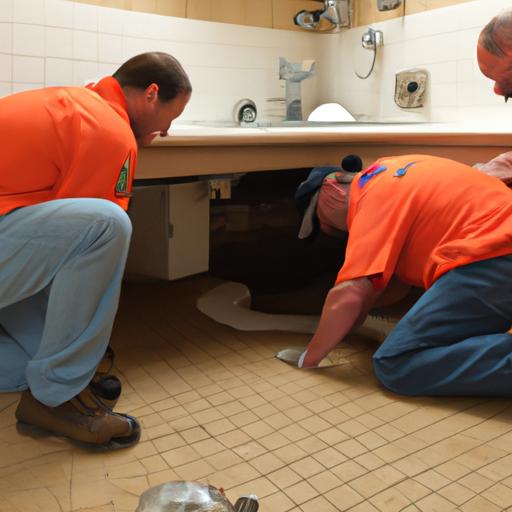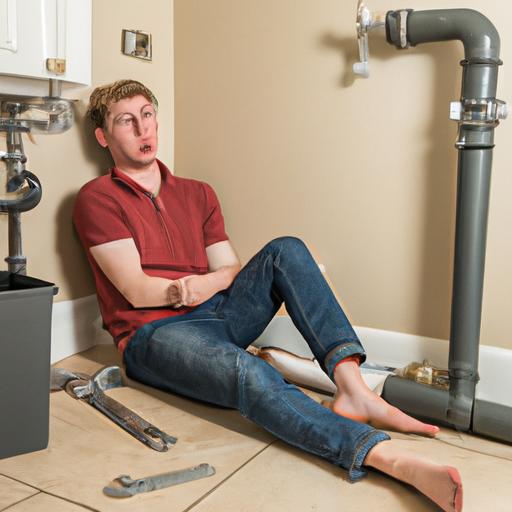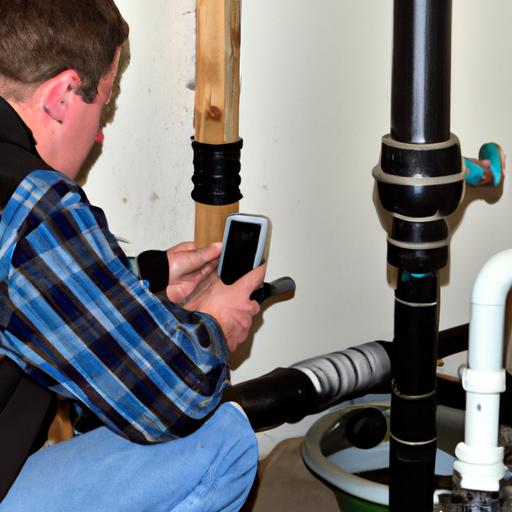Introduction to Drain Field Installation and Repair
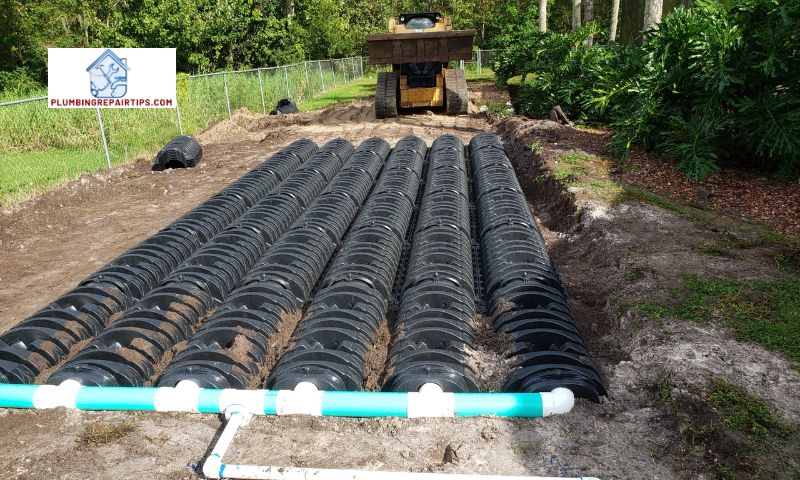
Welcome to the world of Mastering Drain field installation and repair, where we dive into the fascinating realm of wastewater management. In this article, plumbingrepairtips.com will guide you through the importance of drain fields and shed light on common issues that can arise.
Importance of Drain Field in Wastewater Management
When it comes to managing wastewater effectively, drain fields play a pivotal role. These underground systems are designed to distribute and treat the effluent from septic tanks, allowing the filtered water to safely return to the environment. Without a properly functioning drain field, the risk of water contamination increases, posing a threat to both human health and the ecosystem.
Drain fields act as natural filters, utilizing soil and beneficial bacteria to break down harmful substances present in the wastewater. This natural purification process ensures that the water discharged is free from pollutants, making it safe for groundwater recharge. By investing in a well-designed and maintained drain field, you contribute to the preservation of our precious water resources.
Common Issues with Drain Fields
Despite their importance, drain fields can encounter problems over time. One common issue is drain field clogging, which occurs when solids accumulate in the pipes and hinder the flow of wastewater. This can lead to backups, unpleasant odors, and even sewage surfacing in your yard.
Another challenge is drain field saturation, caused by excessive water usage or poor drainage. When the drain field becomes waterlogged, it loses its ability to effectively filter and treat wastewater, resulting in system failure. Additionally, tree roots, soil compaction, and improper installation can all contribute to the deterioration of drain field performance.
In the next section, we will delve into the intricacies of drain field installation, providing you with valuable insights to make informed decisions. So, let’s continue our journey toward mastering drain field installation and repair!
“Did you know that a healthy drain field not only protects your family’s well-being but also safeguards the environment? Let’s explore the world of drain field installation and repair together!”
Understanding Drain Field Installation
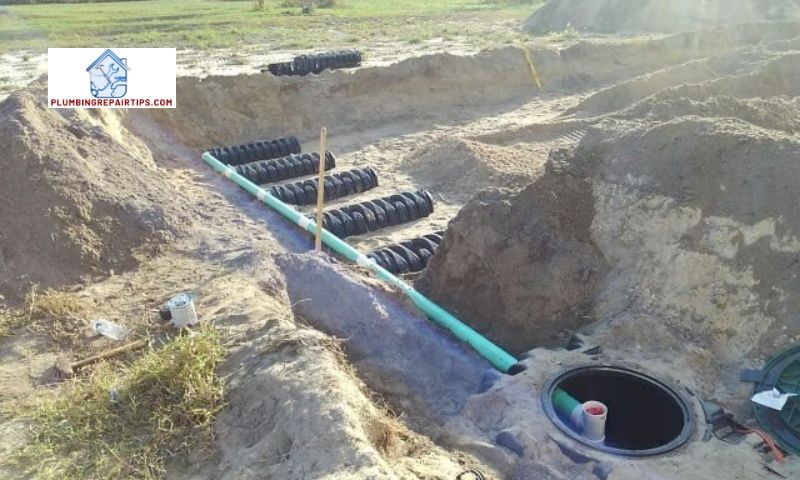
Overview of Drain Field Installation Process
Installing a drain field requires careful planning and execution to ensure optimal performance. The process typically involves several key steps:
1. Site Evaluation: Before installation, a thorough assessment of the site is essential. Factors such as soil type, groundwater level, and proximity to water bodies are considered to determine the most suitable location for the drain field.
2. System Design: Based on the site evaluation, a drain field system is designed to meet the specific requirements of the property. This includes determining the size and layout of the drain field, as well as the depth and distribution of the trenches.
3. Percolation Test: A percolation test is conducted to evaluate the soil’s ability to absorb and filter wastewater effectively. This test helps determine the appropriate design and sizing of the drain field system.
4. Excavation and Trenching: Once the design is finalized, excavation and trenching begin. The trenches, usually 2-3 feet deep, are carefully dug to accommodate the drain pipes and distribution boxes.
5. Pipe and Distribution Box Installation: The drain pipes, perforated to allow water to seep into the surrounding soil, are laid in the trenches. Distribution boxes are installed to evenly distribute wastewater to each pipe.
6. Backfilling and Compaction: After the pipes and distribution boxes are in place, the trenches are backfilled with soil, ensuring proper compaction to prevent settling or uneven distribution of wastewater.
Factors to Consider Before Installation
Before embarking on a drain field installation project, several factors must be taken into account:
1. Soil Type: Different soil types have varying drainage capabilities. Understanding the soil composition on your property helps determine the appropriate design and sizing of the drain field system.
2. Property Size and Usage: The size of your property and the amount of wastewater generated play a significant role in determining the size and capacity of the drain field. A larger property or higher water usage may require a larger drain field.
3. Environmental Factors: Consider any nearby water bodies, wells, or environmentally sensitive areas when selecting the location for the drain field. Proper setbacks and protective measures should be followed to prevent contamination.
Permits and Regulations for Drain Field Installation
When it comes to drain field installation, it is crucial to adhere to local permits and regulations. These guidelines are in place to protect public health and the environment. Before proceeding with installation, ensure you obtain the necessary permits and comply with regulations specified by your local health department or regulatory agency.
“Are you ready to dive deeper into drain field installation? Let’s explore the process, factors to consider, and the importance of adhering to permits and regulations!”
Signs of Drain Field Problems
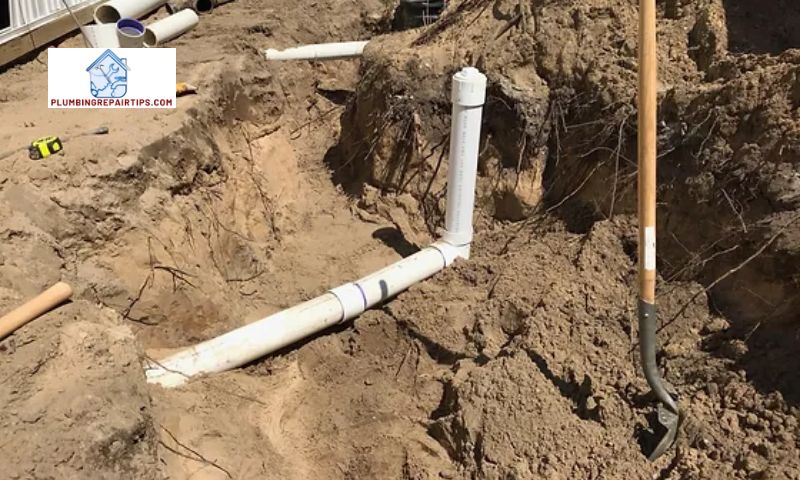
Indicators of Drain Field Issues
Detecting early signs of drain field problems is crucial to prevent further damage and costly repairs. By staying vigilant and observing any changes in your septic system, you can identify potential issues before they escalate. Here are some indicators that may signal drain field problems:
1. Slow Draining Fixtures: If you notice that sinks, showers, or toilets are draining slower than usual, it could be a sign of drain field issues. As wastewater struggles to flow through the clogged or saturated drain field, it causes backups and delays in drainage.
2. Foul Odors: Unpleasant odors emanating from your drains, yard, or septic tank area may indicate drain field problems. When the drain field fails to adequately treat wastewater, the accumulation of undigested solids and anaerobic conditions can lead to foul-smelling gases, permeating the surroundings.
3. Lush or Soggy Areas: A visually striking sign of drain field issues is the presence of lush, green patches or soggy areas in your yard. This may signify that the drain field is saturated, unable to absorb and disperse the wastewater effectively. Excessive moisture can cause the grass to grow vigorously due to the nutrient-rich environment.
Importance of Early Detection and Repair
Early detection and timely repair of drain field problems are paramount to prevent further damage and avoid the inconvenience of system failure. Ignoring the signs can lead to more extensive repairs, costly replacements, and potential health hazards. Here’s why early action is crucial:
1. Cost Savings: Addressing drain field issues promptly can save you from costly repairs down the line. By detecting problems early on, you can implement less invasive and more affordable repairs, avoiding the need for extensive excavation or complete drain field replacement.
2. Environmental Protection: A malfunctioning drain field can contaminate groundwater and nearby water bodies, posing a threat to the environment and public health. Taking immediate action helps minimize the risk of water pollution and ensures the preservation of our natural resources.
3. System Longevity: Regular maintenance and timely repairs enhance the longevity of your drain field. By addressing issues early, you can extend the lifespan of your system, allowing it to efficiently treat wastewater for years to come.
Now that we’ve explored the signs of drain field problems and the importance of early detection, let’s move on to Section 4, where we will discuss various repair techniques to restore the functionality of your drain field.
Drain Field Repair Techniques
Different Methods for Drain Field Repair
When it comes to repairing a drain field, several techniques can be employed based on the nature and extent of the damage. One common method is known as drain field rejuvenation or restoration. This process involves introducing beneficial bacteria and enzymes into the drain field to break down accumulated solids and restore its functionality. Rejuvenation can be an effective solution for minor issues such as clogged pipes or reduced absorption capacity.
In more severe cases, drain field replacement may be necessary. This involves excavating the existing drain field and installing a new one. While this can be a costly and time-consuming process, it is often the best course of action when the damage is extensive or irreparable.
Assessing the Extent of Damage
Before proceeding with any repair, it is crucial to assess the extent of damage to the drain field accurately. This assessment can be done by hiring a professional drain field specialist who will conduct a thorough inspection. Through various diagnostic techniques such as soil testing, camera inspections, and flow rate measurements, they can determine the underlying issues affecting your drain field.
By understanding the specific problems and their severity, you can make informed decisions regarding the repair approach. This assessment also helps identify any contributing factors that may have led to the damage, allowing you to address them to prevent future issues.
Repairing Drain Field Pipes and Distribution Boxes
During drain field repair, it is common to encounter damaged or clogged pipes and distribution boxes. These components are crucial for the proper functioning of the drain field and must be repaired or replaced if necessary.
Repairing drain field pipes may involve cleaning out clogs, patching leaks, or replacing damaged sections. Distribution boxes, on the other hand, may require repair or replacement if they are cracked, damaged, or not distributing wastewater evenly. A professional drain field specialist can assess the condition of these components and recommend the appropriate repair techniques to ensure optimal performance.
Remember, timely repair and maintenance are essential to extend the lifespan of your drain field and avoid costly replacements. In the next section, we will explore the importance of hiring a professional for drain field installation and repair. So, let’s continue our journey towards a healthy and efficient drain field!
“Repairing a damaged drain field requires careful assessment and the right techniques. Let’s dive into the various repair methods and understand how to bring your drain field back to life!”
Mastering Drain Field Installation and Repair
When it comes to drain field installation and repair, it’s crucial to entrust the task to a qualified professional. Let’s explore the benefits of hiring an expert and the factors to consider when selecting a drain field specialist.
Benefits of Hiring an Expert
- Experience and Expertise: Drain field installation and repair require specialized knowledge and skills. By hiring an expert, you gain access to their years of experience and expertise in handling various drain field systems. They understand the intricacies of the process, ensuring that the installation or repair is done correctly the first time.
- Efficiency and Time-saving: Professionals have the necessary equipment and resources to efficiently complete drain field projects. They follow industry best practices, utilizing efficient techniques and tools, which saves you both time and effort. With their expertise, they can identify and address issues promptly, minimizing potential delays or complications.
- Compliance with Regulations: Drain field installation and repair are subject to specific regulations and permits. Hiring a professional ensures that your project adheres to these requirements, avoiding any legal or environmental complications. They stay updated with the latest regulations, ensuring your drain field is installed or repaired in accordance with the local guidelines.
Factors to Consider when Selecting a Drain Field Specialist
- Licensing and Certification: Ensure that the professional you hire holds the necessary licenses and certifications required for drain field installation and repair. This validates their competence and compliance with industry standards.
- Reputation and Reviews: Research the reputation of the specialist or company you plan to hire. Check online reviews and testimonials from previous clients to gauge the quality of their work and customer satisfaction. A reputable professional will have positive feedback and a track record of delivering excellent results.
- Insurance Coverage: Verify if the specialist has insurance coverage. This protects you from liability in case of any accidents or damages that may occur during the installation or repair process.
Questions to Ask Before Hiring
- Do you have experience with drain field installation and repair? Inquire about their specific experience in handling drain fields and whether they have successfully completed similar projects in the past.
- What is the estimated timeline for the project? Ask for an estimated timeframe for the completion of the installation or repair. This helps you plan accordingly and ensures that the project fits within your schedule.
- Can you provide references from previous clients? Request references from past clients to gain insights into their satisfaction with the specialist’s work. Contact these references to gather more information about their experience.
By hiring a professional drain field specialist who meets these criteria, you can have peace of mind knowing that your drain field installation or repair is in capable hands.
“Choosing the right professional for your drain field installation or repair can make all the difference. Let’s explore the benefits, factors, and questions to consider when hiring a drain field specialist!”
Maintenance Tips for a Healthy Drain Field
To ensure the longevity and optimal performance of your drain field, regular maintenance is essential. By following these practical tips, you can keep your drain field in top shape and prevent costly repairs.
1. Regular Pumping and Inspections
Schedule regular septic tank pumping every 3-5 years to prevent solids from entering the drain field. This reduces the risk of clogs and extends the lifespan of your system. Additionally, periodic inspections by a professional can identify potential issues early on, allowing for prompt repairs.
2. Mindful Water Usage
Conserving water not only benefits the environment but also reduces stress on your drain field. Spread out your household water usage throughout the day and avoid excessive water flow during a short period. Fix any leaks promptly and consider installing water-saving fixtures to minimize water consumption.
3. Be Mindful of Drain Field Location
Be cautious about the location of your drain field. Avoid parking heavy vehicles, constructing structures, or planting deep-rooted trees and shrubs above it. These activities can damage the drain field and impede its functionality.
4. Proper Waste Disposal
Only flush or drain biodegradable materials and substances that are septic system-friendly. Harsh chemicals, grease, oils, medications, and non-biodegradable items should never enter the system. These can disrupt the natural bacterial balance and cause damage to the drain field.
5. Maintain Drainage Around the Field
Ensure that surface water and rainwater are directed away from the drain field area. Proper grading and drainage systems can prevent excess water from saturating the soil, preserving the drain field’s efficiency.
6. Professional Expertise
When it comes to drain field maintenance, seeking professional assistance is crucial. Experienced technicians possess the knowledge and tools to conduct thorough inspections, perform necessary repairs, and provide expert advice on proper maintenance practices.
By following these maintenance tips, you can optimize the performance and lifespan of your drain field, ensuring efficient wastewater treatment and protecting the environment.
“Remember, a little care goes a long way in preserving the health of your drain field. Implement these maintenance tips to keep your drain field functioning smoothly, and enjoy peace of mind knowing you’re doing your part for wastewater management!”
